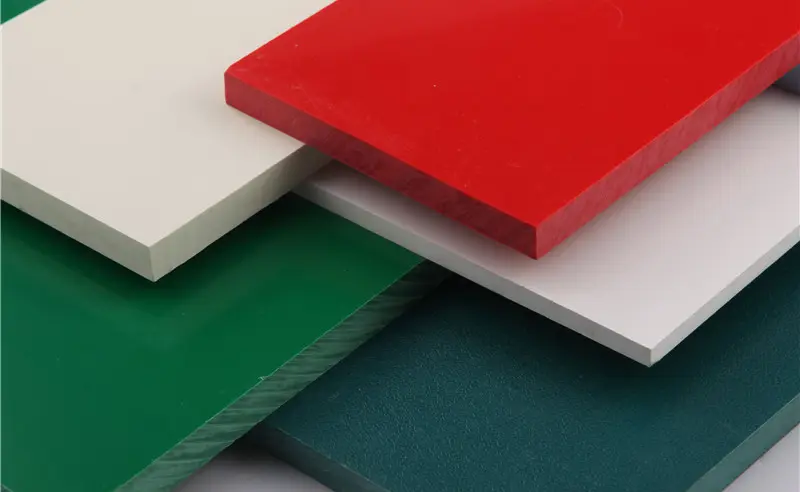تشرینی دووەم . 09, 2024 12:49 Back to list
Enhancing Drainage Solutions with High-Density Polyethylene Sewer Piping Systems
HDPE Sewer Pipe A Comprehensive Overview
High-Density Polyethylene (HDPE) sewer pipes have emerged as a dominant choice in municipal and industrial wastewater management systems. Known for their exceptional properties, HDPE pipes offer several advantages over traditional materials such as concrete and PVC. In this article, we will explore the characteristics, benefits, applications, and installation techniques of HDPE sewer pipes.
Properties of HDPE Pipes
HDPE is a thermoplastic polymer made from petroleum. The molecular structure of HDPE grants it remarkable strength and flexibility, making it highly resistant to cracking and breaking under stress. HDPE sewer pipes have a smooth inner surface, which reduces friction, thereby enhancing water flow and reducing the likelihood of blockages. Additionally, these pipes are highly resistant to chemicals, rust, and corrosion, which are significant concerns in sewage systems.
Benefits of HDPE Sewer Pipes
1. Durability One of the most significant advantages of HDPE pipes is their longevity. They can last over 50 years with the proper installation and maintenance. This longevity reduces the need for frequent replacements, saving municipalities and industries time and money.
2. Flexibility The flexibility of HDPE allows for easy installation, even in challenging terrains. This makes it an ideal choice for areas with shifting soils or where ground movement is a concern. The pipes can be bent and reshaped without losing structural integrity.
3. Cost-Effectiveness Though the initial investment in HDPE sewer pipes might be higher than traditional materials, the long-term savings are substantial. Their longevity, reduced maintenance costs, and less frequent replacement contribute to overall cost savings.
hdpe sewer pipe

4. Environmental Impact HDPE is 100% recyclable, making it an environmentally friendly choice. Its production also requires less energy compared to other materials, resulting in a lower carbon footprint during manufacturing.
5. Reduced Leakage HDPE pipes are designed to minimize leakage, which is crucial in sewage applications. This characteristic not only prevents contamination of surrounding soil and water sources but also protects public health.
Applications of HDPE Sewer Pipes
HDPE sewer pipes are widely used in various applications, including municipal wastewater systems, industrial drainage, and residential sewer lines. Their robustness makes them suitable for both gravity and pressure systems. Moreover, they can be used in trenchless applications such as pipe bursting and horizontal directional drilling, which significantly minimize surface disruption.
Installation Techniques
The installation of HDPE sewer pipes involves several key steps. First, trenchless technology is often employed to reduce disturbance to existing landscapes. For traditional installations, a well-prepared trench is necessary to ensure the pipes are laid at the correct gradient for effective drainage. Mechanical fittings are used to connect pipes, ensuring secure joints that minimize the risk of leaks. Proper installation is critical, as any mistakes can lead to significant issues down the line.
Conclusion
In summary, HDPE sewer pipes represent a significant advancement in sewerage technology. Their numerous benefits, including durability, flexibility, cost-effectiveness, and environmental sustainability, make them a preferred choice in modern wastewater infrastructure. As cities and industries continue to address aging water management systems and environmental concerns, the adoption of HDPE pipes is likely to grow. Investing in HDPE technology is not just a choice for today but a testament to sustainability and efficiency for future generations.
-
Durable PP Rigid Sheet: Lightweight, Chemical Resistant Solutions
NewsAug.21,2025
-
PVC Grey Sheet for Extraction: Chemical Resistant & Durable
NewsAug.19,2025
-
Durable PVC Pipe Fittings for Plumbing & Irrigation Needs
NewsAug.18,2025
-
HDPE Steel Belt Reinforced Spiral Corrugated Pipe | High Strength
NewsAug.17,2025
-
HDPE Pipe Fittings: Durable, Leak-Proof Solutions
NewsAug.16,2025
-
Premium CPVC Sheet: High-Temp & Chemical Resistant Solutions
NewsAug.15,2025

